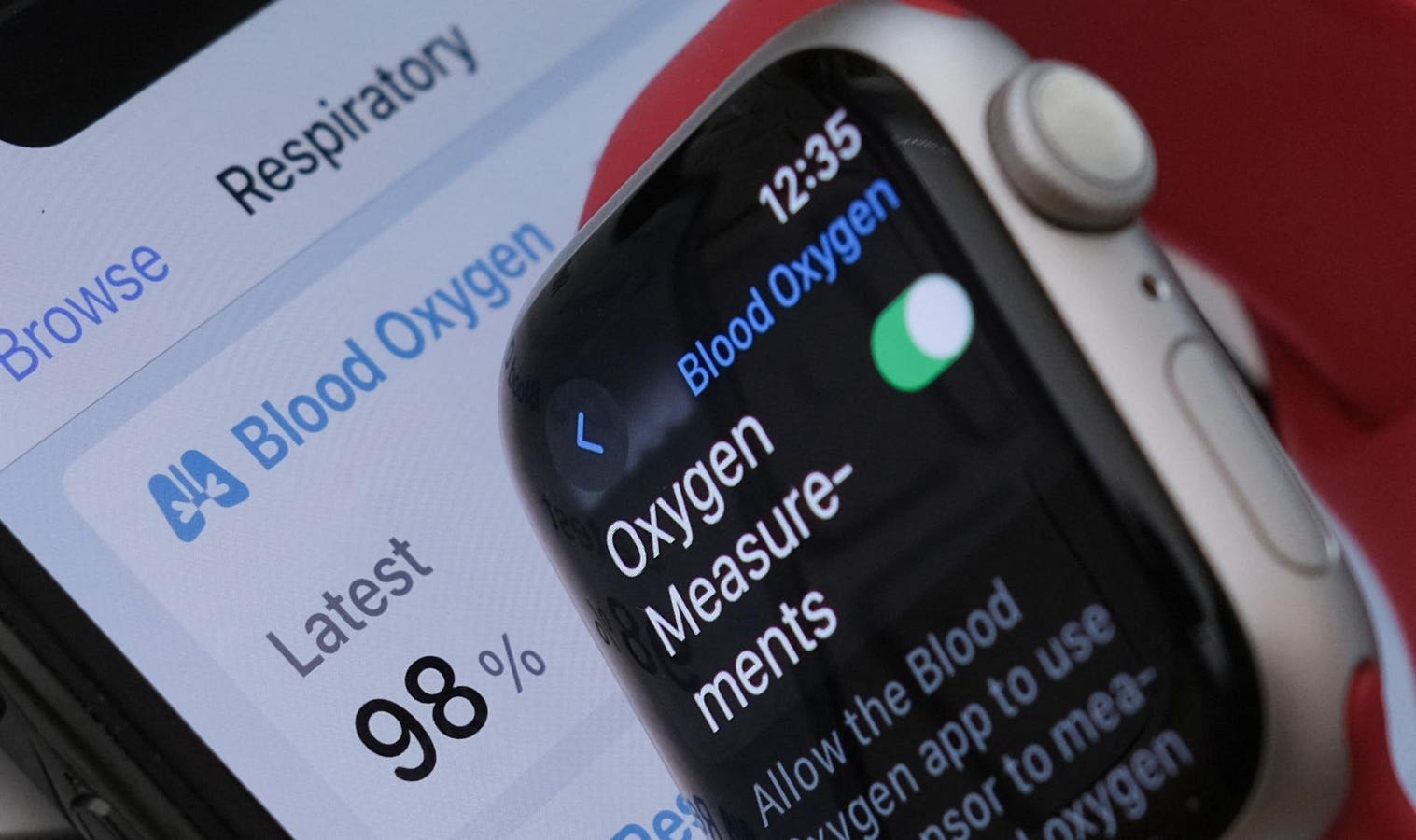Dr. Trisha Swift is the CEO of Mula, an integrative health practice specializing in whole-health care, rejuvenation & executive well-being.
The primary care model faces burnout, rising costs and administrative burdens, straining an overworked physician workforce. Meanwhile, AI, remote monitoring and digital health tools are reshaping care with a focus on prevention, personalization and accessibility.
Rather than replacing physicians, technology can help redefine their roles, enabling a more patient-centered, transdisciplinary approach that prioritizes prevention, well-being and longevity.
Technology As A Force Multiplier In Primary Care
Healthcare technology is revolutionizing care delivery. Many organizations now realize that tools such as advanced analytics and workflow automation are essential for business differentiation and financial health. The widespread integration of technology in healthcare is being driven by several key innovations:
AI And Machine Learning
AI-powered diagnostics and predictive analytics are enhancing clinical decision making and, at times, making clinical decisions. AI-assisted tools now analyze vast datasets, identifying early disease markers that might otherwise be missed.
Studies show that AI can match or exceed human accuracy in detecting conditions like diabetic retinopathy, certain cancers and cardiovascular disease (CVD) risks by using biomarkers to enable predictions of up to 96% accuracy. All this highlights AI’s potential in early detection and risk assessment of emerging conditions.
Telemedicine And Remote Monitoring
The Covid-19 pandemic accelerated the adoption of telehealth, and its benefits remain clear—reducing in-person visits while maintaining continuity of care, a win-win for the patient and overburdened healthcare system. Wearable devices, such as continuous glucose monitors and smartwatches with ECG capabilities, allow patients to track their health in real time, enabling earlier interventions when the issues are less acute.
Wearables And Digital Health Apps
Consumer-driven health tracking is expanding rapidly, with apps monitoring sleep, stress and metabolism to help patients take proactive steps toward well-being. AI-driven programs integrate biometric data to personalize stress management strategies.
A study on nurses in high-stress environments implemented an AI-assisted intervention, including mindfulness meditation, acceptance commitment therapy, storytelling, reflective writing and laughter therapy. The AI component tailored these interventions to individual biometric data, significantly reducing stress and burnout. If this approach works for nurses, could it also benefit other clinicians in high-pressure environments?
EHR And Interoperability
The current healthcare ecosystem is plagued by fragmented data systems. Improved interoperability—where electronic health records (EHRs) can seamlessly share information across providers—enhances coordinated care and reduces redundant testing.
However, achieving full interoperability remains a challenge due to regulatory and technical barriers. The inefficiencies and increased workload associated with non-interoperable EHRs have been found to limit the capacity of primary care providers, thereby reducing patient access to timely and effective care.
Transdisciplinary Care: The New-ish Collaborative Model
A key transformation in primary care is shifting from physician-centered models to transdisciplinary teams, where experts collaborate beyond traditional roles to deliver holistic care. Unlike multidisciplinary teams, where each professional operates in silos, transdisciplinary teams merge expertise to provide holistic, patient-focused care.
In this model:
• Physicians focus on complex case management, ensuring specialized care for chronic and rare conditions.
• AI-assisted clinicians—nurse practitioners, physician assistants and dietitians—leverage AI-driven insights to support lifestyle interventions and chronic disease management.
• Tech specialists and data analysts optimize patient outcomes through health analytics and inform tech strategies.
This approach allows each provider to operate at the top of their expertise, enhancing efficiency and care quality.
Addressing Challenges In Tech-Driven Care
Despite the promise of these advancements, significant challenges remain:
Interoperability And Data Integration
Many EHR systems remain proprietary, making seamless data exchange difficult and political. Without universal standards, healthcare providers struggle to access comprehensive patient histories, leading to fragmented care. The universe of health and wellness data that exists outside of the EHR is often overlooked but could offer deep and longitudinal insights into a person’s health and habits. One in six consumers uses wearable devices to track health metrics such as heart health, sleep and activity.
Health Equity Concerns
While digital tools can broaden access to healthcare, they can also worsen existing disparities if not designed with inclusivity in mind. For example, rural and low-income populations may have limited internet access or lack familiarity with digital health technologies, hindering their ability to benefit from these tools. When combined with the literacy and disposable income disparities often seen in low-income communities, this creates a risk of leaving some of the most vulnerable populations even further behind.
The Cost Of Care And Administrative Burdens
Technology should reduce clinician workload, yet many digital systems add complexity. Doctors frequently report that they are spending too much time on EHR documentation, which takes away from their time with patients.
While some of the excessive time spent on documentation may be attributed to physicians’ low adoption of tools and automation, this is not the only cause. The truth is physicians are spending an increasing amount of time documenting content in the EHR.
Technology-driven strategies are vital for the future of primary care. Without digital transformation and AI investment, both caregiver well-being and business sustainability will likely suffer. Healthcare tech leaders should prioritize user-friendly, efficient systems that enhance workflows by exploring innovative solutions beyond traditional vendors for greater design control and data exchange.
The Next Era Of Primary Care
The future of primary care is not a battle between technology and medicine—it is an evolution that requires collaboration. For this transformation to succeed:
• Healthcare organizations must invest in AI and interoperability solutions that reduce administrative burden and enhance clinical efficiency.
• Physicians must embrace redefined roles leading digital health initiatives and applying their expertise where it is most impactful.
• Policymakers must prioritize regulatory frameworks that support innovation while ensuring equity and security.
• Patients must be empowered as active participants in their health through better education, transparency and access to personalized digital tools.
By leveraging technology alongside transdisciplinary collaboration, primary care can move from a reactive, disease-centered and overburdened model to a proactive, prevention-driven holistic system driving health and wellness. The next generation of healthcare is already here, and those who adapt will define its future.
Forbes Technology Council is an invitation-only community for world-class CIOs, CTOs and technology executives. Do I qualify?








